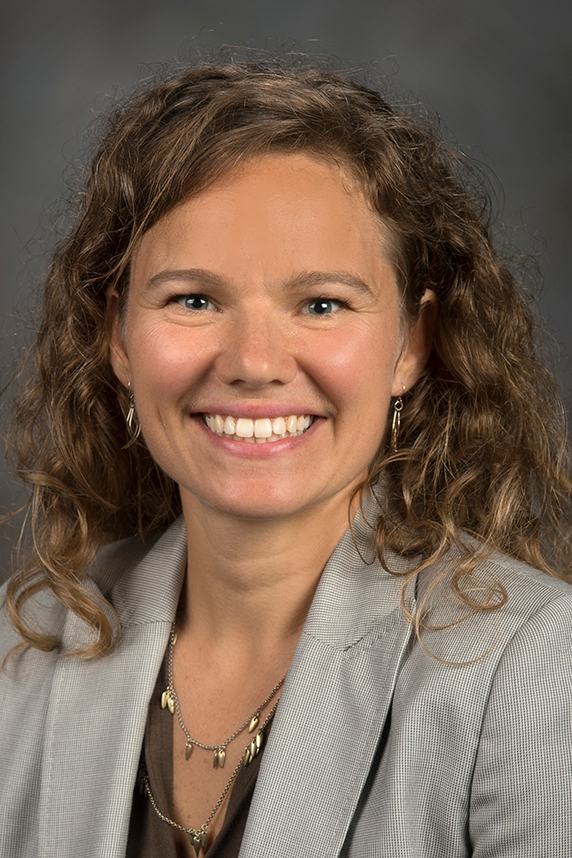Rural landscapes make up about 90% of the United States’ land area and provide most of the nation’s food, energy, water, and other natural resources. Yet only 20% of Americans live in a rural area. These populations are often overlooked when it comes to the unique health care issues they face, according to Julia Gohlke, Ph.D., a professor of environmental health at Virginia Tech.

Growing up in the Appalachian region and now working there as an environmental health researcher, Gohlke is committed to improving rural health. With support from an NIEHS T32 training grant, she and her colleague Steven Poelzing, Ph.D., recently co-developed Virginia Tech’s Rural Environmental Health Training Program. The program educates doctoral students from diverse disciplines in environmental health sciences with a focus on rural landscapes.
Environmental Factor met with Gohlke to discuss her career journey and training program goals.
Environmental Factor (EF): How did you become interested in environmental health?
Gohlke: I grew up collecting, counting, and measuring fish in rural West Virginia lakes with my father, who worked for the state’s department of natural resources. Those early experiences led me to study biology at the University of Michigan, where I discovered the field of environmental health. From there, I attended graduate school at the University of Washington, working with Elaine Faustman, Ph.D. She was an amazing mentor, particularly in terms of translating science into risk assessment and policy.
EF: What are the environmental factors in rural Appalachia that contribute to health disparities?
Gohlke: The iconic example that is still relevant today is resource extraction. The region is known for coal extraction, including underground and surface mining. More recently, hydraulic fracking for natural gas has become the dominant extractive industry. Besides the well-known lung diseases that coal miners get, there is also evidence of direct health outcomes for residents who live near mining activities due to poor air and water quality.

EF: What role did NIEHS play in your career?
Gohlke: After graduate school, I took a postdoc position with Chris Portier, Ph.D., at NIEHS, where we successfully examined how different chemicals affect brain development. Dr. Portier was extremely supportive of my interest in using epidemiological approaches to look at climate change and health, and he helped me gain the statistical skills needed. He also helped me land an internship with the World Health Organization and an American Association for the Advancement of Science fellowship with the U.S. Department of State in the Office of Global Change. Those experiences were critical to my career growth. Afterward, I took an academic position at the University of Alabama at Birmingham before coming to Virginia Tech.
EF: Why did you develop the T32 training program at Virginia Tech?
Gohlke: Many environmental health graduate curriculums are urban-centric. We should continue to study urban health disparities, but we also have to understand how urban areas are tied to rural areas and the health of people taking care of those rural areas. There is so much that we depend on from our rural communities, and there needs to be more research training in exposure assessment as well as epidemiological methods for conducting research in those areas.
(Lindsay Key is a contract writer for the NIEHS Office of Communications and Public Liaison.)









